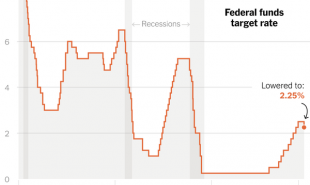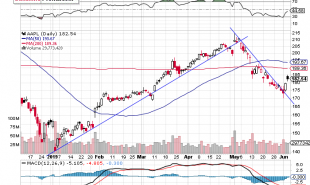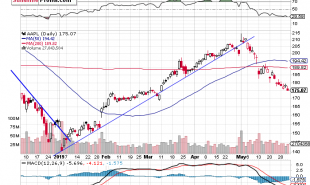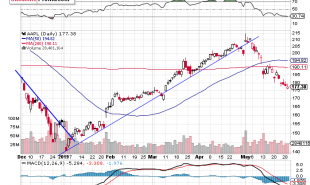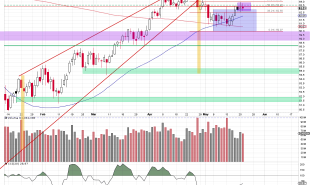
We all want our portfolios to grow to meet our long-term financial goals, but most of all we want the path to be smooth and not provide significant bouts of anxiety along the way. The financial crisis that began in 2008 has provided a reminder of how difficult the path to financial stability can be. Without some quick thinking from the Federal Reserve, the banking system in the United States would have been bankrupt. While a period like this one will not likely appear frequently, economic cycles will provide market correction and the best way to eliminate volatility is to have a diversified portfolio that contains precious metals.
Diversification is a principal that describes how you will allocate your assets between investment strategies. The technique describes a mix of assets in your portfolio that can include stocks, bonds, cash, and commodities such as precious metals. You can use diversification to design a portfolio that meets your targeted returns, which will also account for the volatility of your returns.
What Determines Asset Allocations
What determines your portfolio diversification is your risk versus reward profile. This can be a function of your age, as well as, the size of your portfolio. You are more likely to take greater risk when you are younger, because you have time on your side. If your portfolio is large relative to your spending requirements, you also might be less risk averse. If you goal however is to generate returns in most market environments and limit your downside when adverse market conditions are present, you should design a portfolio that can handle these situations.
How do You Diversify
To create a portfolio that is diversified, you need to allocate capital to different sectors. This will have a smoothing effect on your portfolio is all-types of market environments. The makeup of products in your portfolio should not more in tandem consistently as they could all decline at once if there is a negative impetus the drives asset prices lower. What you are looking for are assets that are not consistently correlated, which means they do not always rise or fall as the same time.
You can see from the 40-year chart of Gold and the S&P 500 index that the correlation between the 2-assets is consistently inconsistent, rising as high at 90% over a 20-month period and dipping down to negative 90%, which means that gold and the S&P 500 index move in completely opposite directions.
Changing Allocations
There are several reasons why you would change the diversification of your portfolio, with age being the most common reason why people alter their portfolios. Creating a basket that includes precious metals such as gold bars and silver coins, with allow you to truly diversify. Many investors change their allocations based on the relative performance of an asset. This is referred to as rebalancing. You would do this by keeping the ratio you initially envisaged constant.
For example, say you have a portfolio that is $60,000, and one year ago the portfolio was $50,000, that that had an allocation that was 50% stocks, 25% bonds and cash and 25% precious metals. You would recalculate the ratio at $60,000 and redistribute your assets to conform to your initial percentage allocation.
The concept of rebalancing is readjusting your portfolio back to the original asset allocation mix. This is important because over time some of your investments can grow differently from your original investment goals. By rebalancing, you will insure that your portfolio will remain in line with your long-term investment goals.
Good Investing,
Treasure Coast Bullion Group
Read more by Treasure Coast Bullion Group, Inc - Staff Writer


